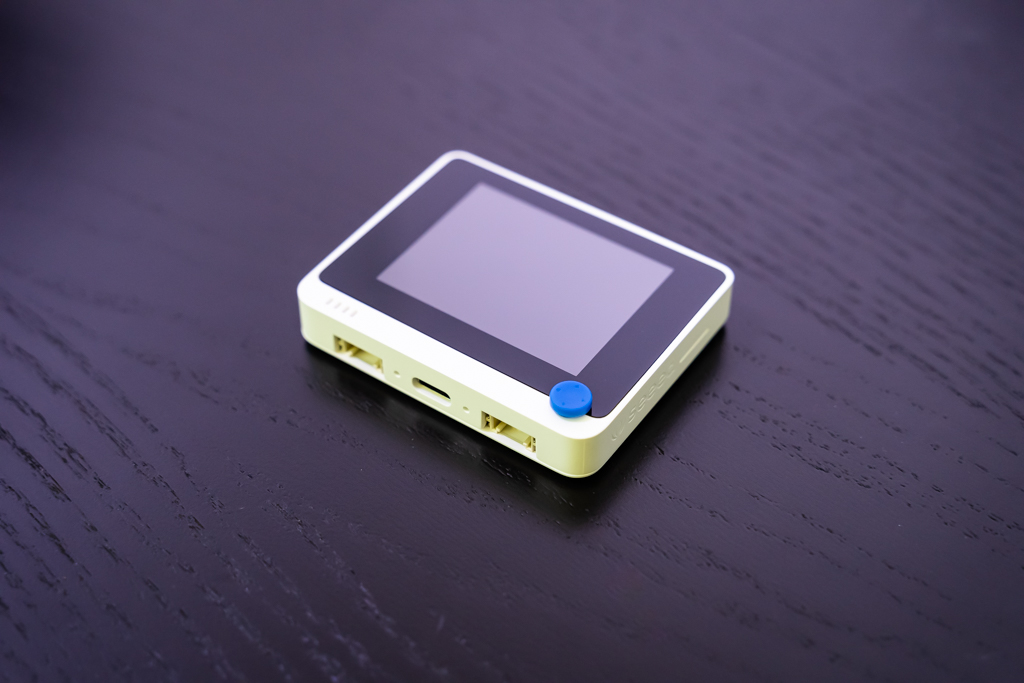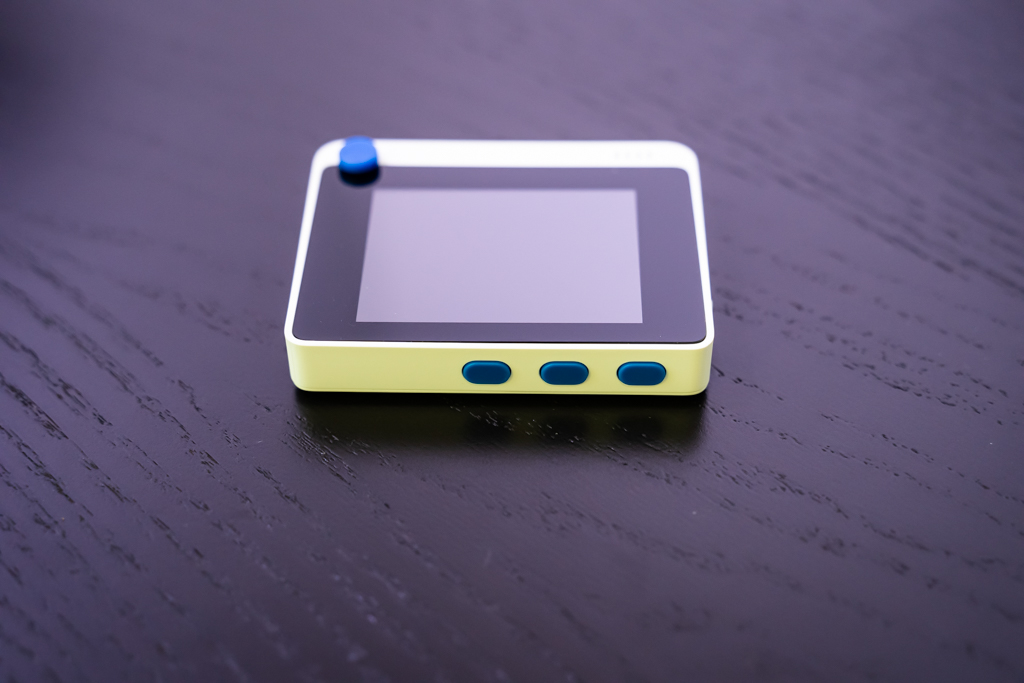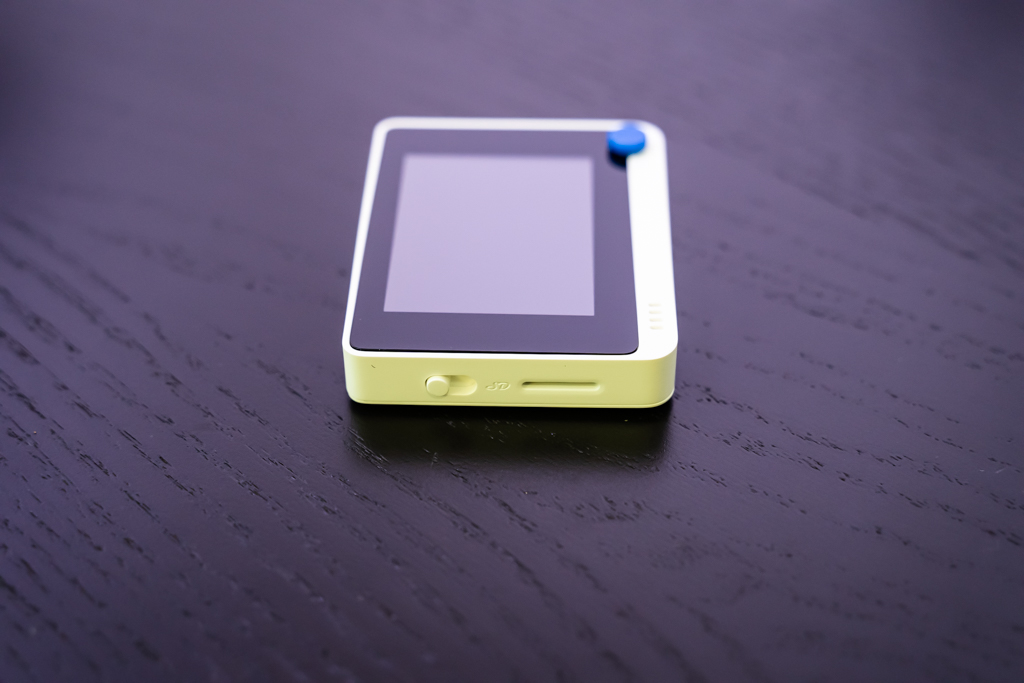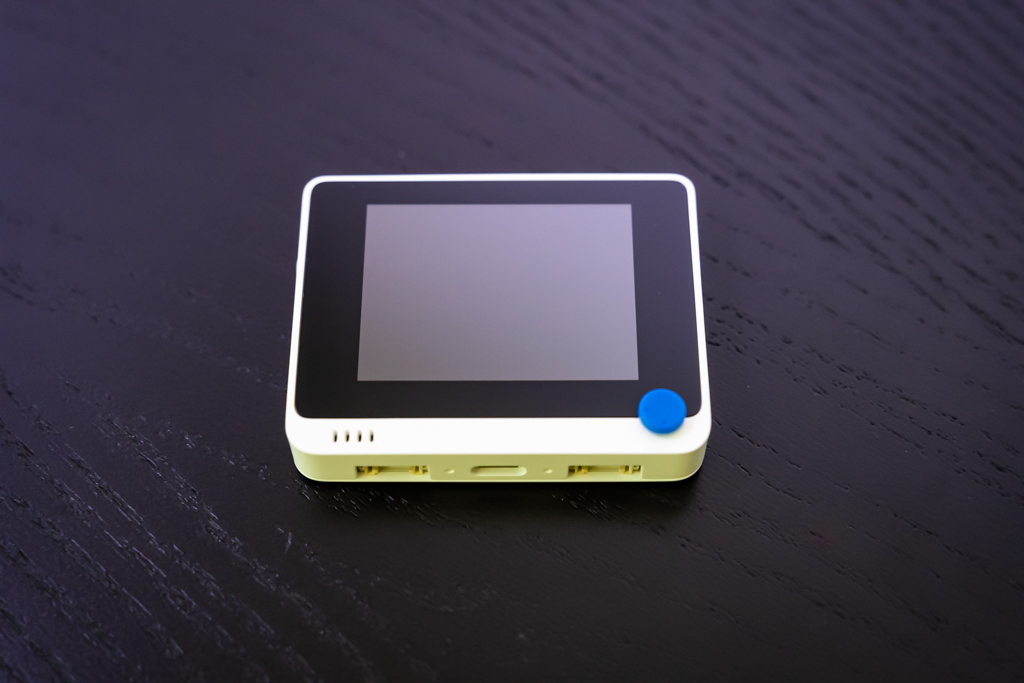
The people at Seeed Studio have been busy working on a bunch of new devices. From IoT microcontrollers and development boards to Mini PCs running Windows and machine learning devices.
They were kind enough to send me their new Wio Terminal to use it in one of my future projects, but since that will take a while, I just wanted to write a quick post about it.
This device would be the equivalent of an All-In-One computer, at a microncontroller scale. It reminds me a little bit of Adafruit’s PyPortal. However, Adafruit’s offering feels more like the development board it is, a raw device that you can mold and customize as much as you can, created for the so called makers or DIYers. The Wio Terminal, on the other hand, feels like a full featured commercial finished product. Almost like an appliance you would buy at an electronics store. In fact, it’s a modular open source system which is also highly customizable too.
General Features
I’ll go over the main features of the device, for more information check out Seeed’s product page.
- Microchip ATSAMD51P19 with ARM Cortex-M4F core running at 120MHz. 4 MB External Flash and 192 KB RAM.
- Dual band 2.4GHz/5GHz WiFi.
- Bluetooth BLE / BLE 5.0.
- SPI, I2C, I2S, ADC, DAC, PWM, UART(Serial)
- 2.4”LCD Screen.
- Raspberry Pi compatible 40-pin GPIO (on the back, female connection).
- USB OTG support.
- Multi function Grove connectors (2).
- Micro-SD card Slot.
- USB Type-C connector.
- 5-Way Joystick (that little blue button looking thing below the LCD screen).
- User programmable buttons (3).
- Extremely portable. Its footprint is actually smaller than a credit card (although obviously thicker).
- It runs Arduino, MicroPython and CircuiPython, among others.


It pretty much can handle whatever you through at it: connect additional sensors (I2C, SPI, PWM), hook up servos, thermal sensors, connect it to a Raspberry Pi through the GPIO port, show sensor and/or connection data on-screen, record sensor data to the SD card, etc. And best of all, you can do all that with MicroPython and CircuitPython, which allow for faster development than Arduino (although CircuitPython capabilities are a bit limited for now).
The only downside I can think of is that it doesn’t include a battery or an easy way to connect a Li-Ion battery. Seeed also sells a Wio Terminal Battery Chasis, which connects through the GPIO port and although it looks great and it doesn’t block the GPIO header (it has a pass-through header on the back), it only comes with a 650 mAH battery. That’s a big limitation as it will only give it a few hours of autonomy if WiFi is being used.
In conclusion, this is a versatile and powerful device and I can’t wait to find an excuse to put it through its paces.
